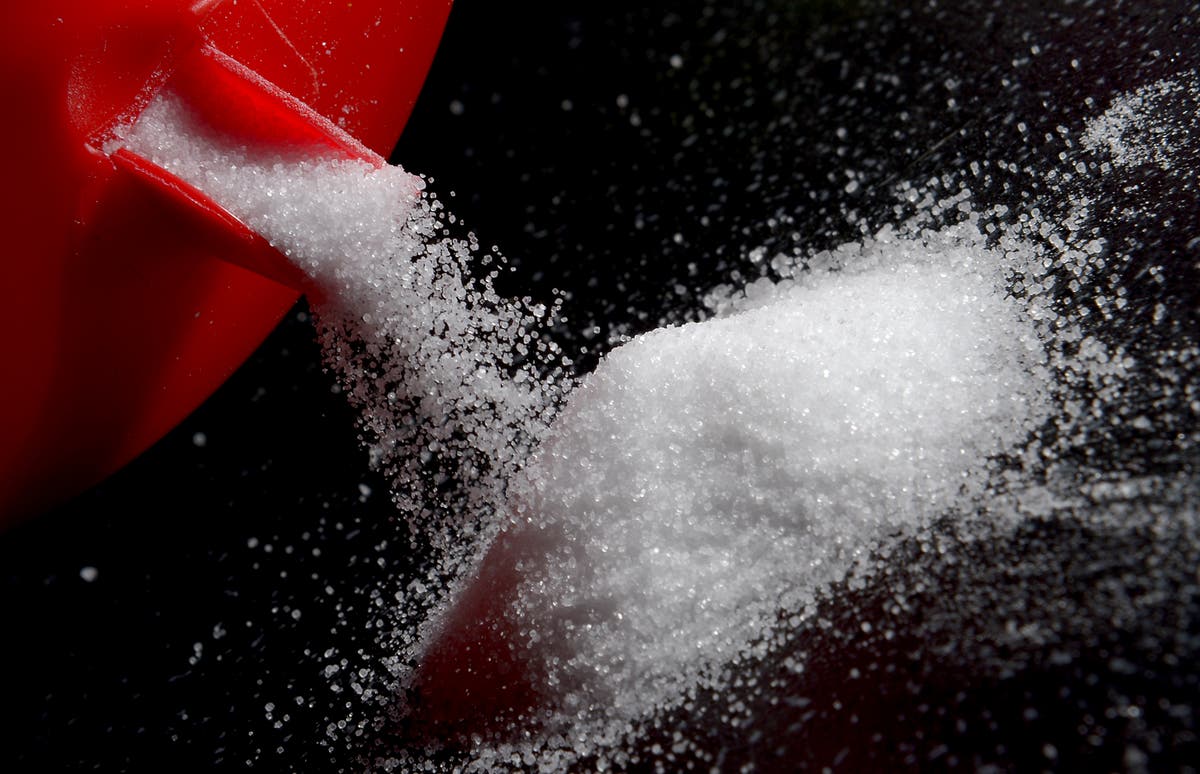The 13-year-old boy came to the clinic with a rapidly ballooning neck. Doctors were puzzled. Testing ruled out their first suspicion.
But further tests pinpointed what they — and the boy — had been missing: iodine. A century ago, iodine deficiency affected kids across large swaths of America. It essentially disappeared after some food makers started adding it to table salt, bread and some other foods, in one of the great public health success stories of the 20th century.

But today, people are getting less iodine because of changes in diet and food manufacturing. Although most people are still getting enough, researchers have increasingly been reporting low levels of iodine in pregnant women and other people, raising concerns about an impact on their newborns. And there is also a very small, but growing, number of reports of iodine deficiency in kids.
“This needs to be on people’s radar,” said Dr. Monica Serrano-Gonzalez, a Brown University doctor who treated the boy in 2021 in Providence, Rhode Island. Iodine is a trace element found in seawater and in some soils — mostly in coastal areas.
A French chemist accidentally discovered it in 1811 when an experiment with seaweed ash created a purple puff of vapor. The name iodine comes from a Greek word meaning violet-colored. Later that century, scientists began to understand that people need certain amounts of iodine to regulate their metabolism and stay healthy, and that it’s crucial in the development of brain func.

























